Past ExhibitionsExhibition
Examining Western Prints
– Etching: Mastering Line, Transcending Line
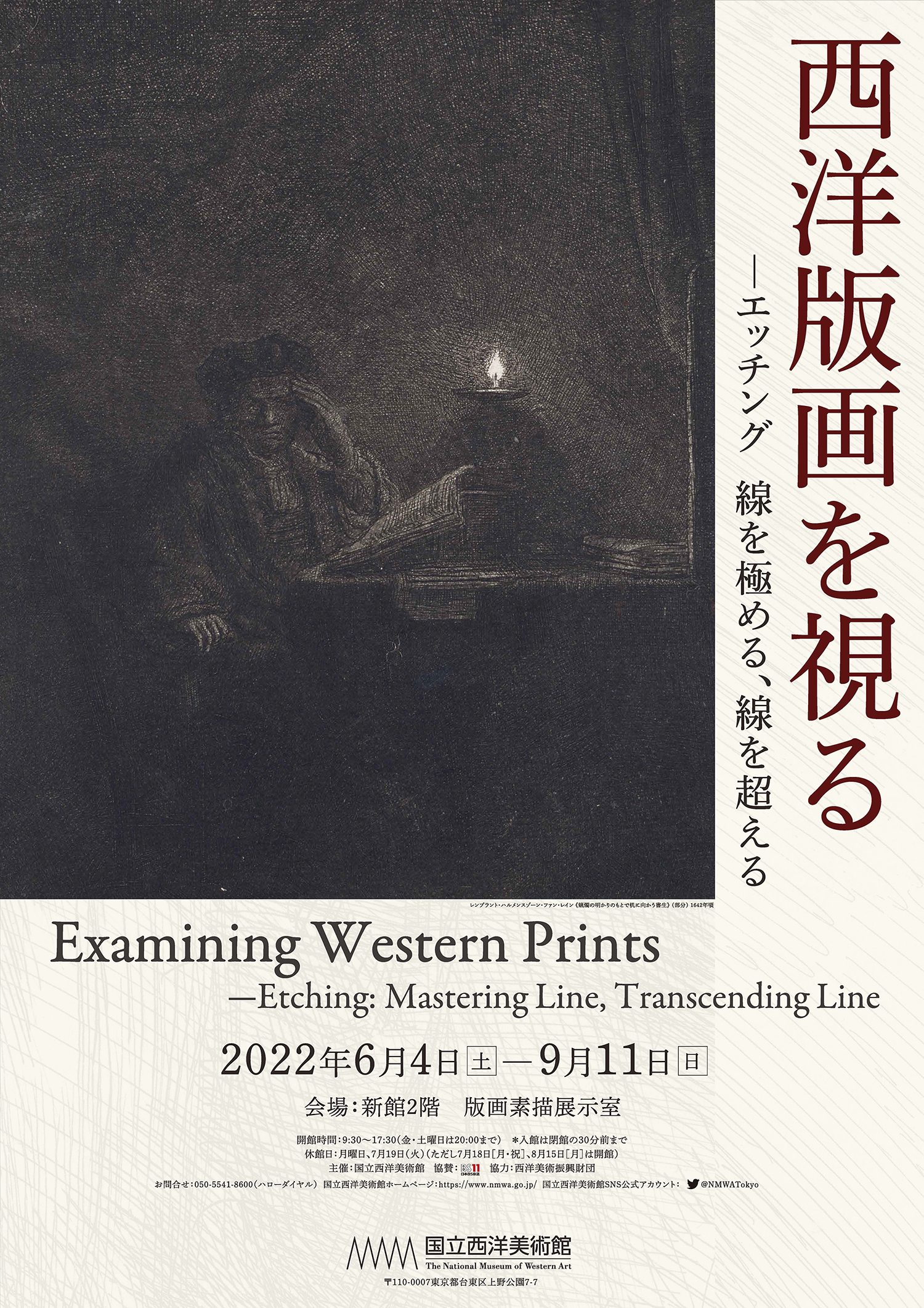
- Dates
- Saturday, 4 June - Sunday, 11 September 2022
- Hours
- 9:30 am – 5:30 pm
Fridays, Saturdays 9:30 am – 8:00 pm
Admission ends 30 mins. before closing time - Closed
- Mondays (except 18 July and 15 August), 19 July
- Venue
- Prints and Drawings Gallery, New Wing
- Admission Fees
- Adults 500 yen (400 yen), College students 250 yen (200 yen)
- * Admission is free for Special Exhibition or Permanent Collection ticket holders.
- * Numbers in parenthesis indicate discount fees for groups of 20 or more.
- * Free for high school students, under 18, seniors (65 and over), Campus Members. Please show your ID upon entrance.
- * Disabled visitors admitted free of charge, with one attendant. Please present your disability identification upon arrival.
- Organized by
- The National Museum of Western Art
- With the sponsorship of
- Nippon BS Broadcasting Corporation
- With the cooperation of
- The Western Art Foundation
- brochure
The series Examining Western Prints focuses on the principal techniques of Western printmaking, in particular the production methods and forms of expression associated with each technique. Following on from the first exhibition of 2018, this second project deals with etching.
Etching is an intaglio technique characterized by the use of acid on metal in the production process. Since its first appearance around 1500, the technique has attracted numerous artists because of its low technical threshold and wide-ranging expressive capabilities. Down the centuries, artists, in pushing the possibilities of the technique, not only mastered line drawing but learned how to achieve expression that transcended it.
The exhibition is divided into two parts. Section 1 deals with the production process of etching. Based on the technique as currently practiced, we discuss the chemical and mechanical principles behind etching and the various ways of expanding the range of artistic expression available to it. Section 2 provides an overview of the history of the technique, from the early sixteenth century until the modern era, and traces the evolution of etching expression using examples from the museum’s collection. This technical-historical approach, we hope, will encourage visitors to take the time to appreciate the diversity of expression possible with etching, while gaining an insight into the artist’s creative process.
Exhibition Checklist (PDF file, about 2.47 MB)
-
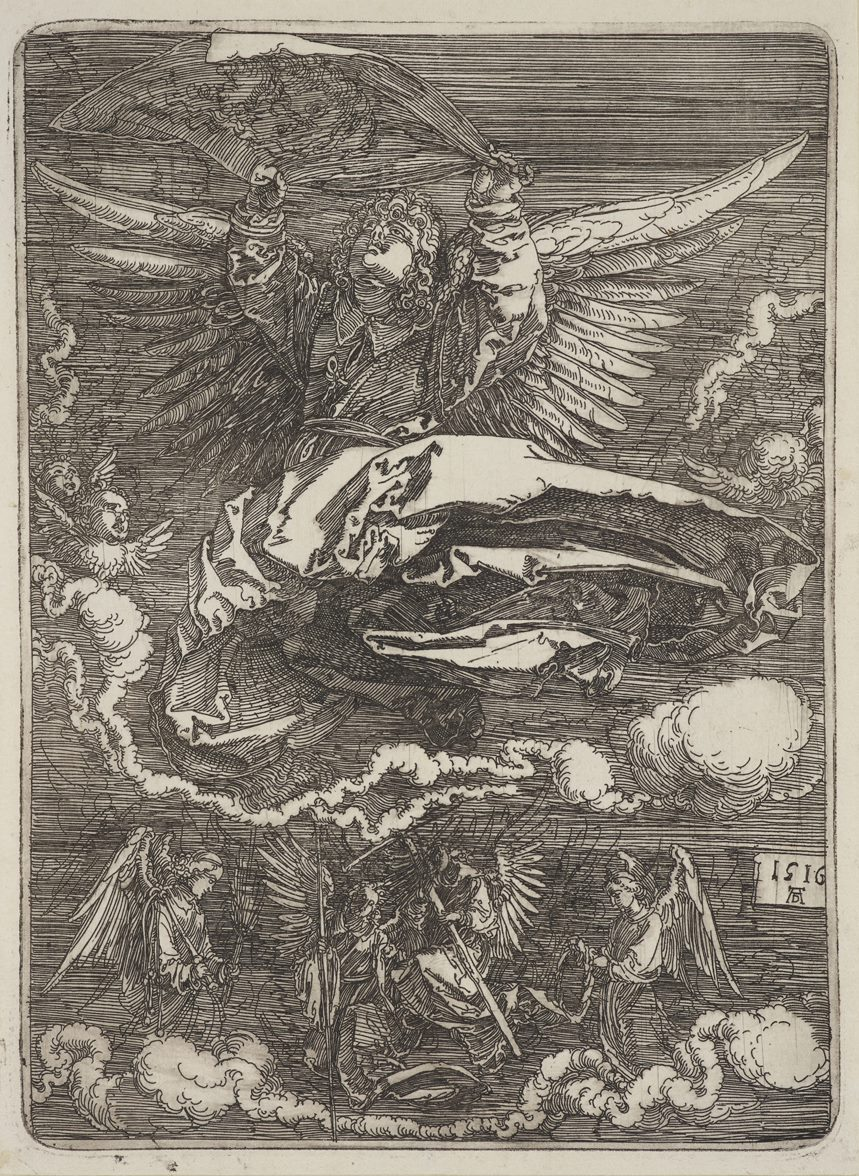
Albrecht Dürer
The Sudarium Held by One Angel
1516 etching on paper -
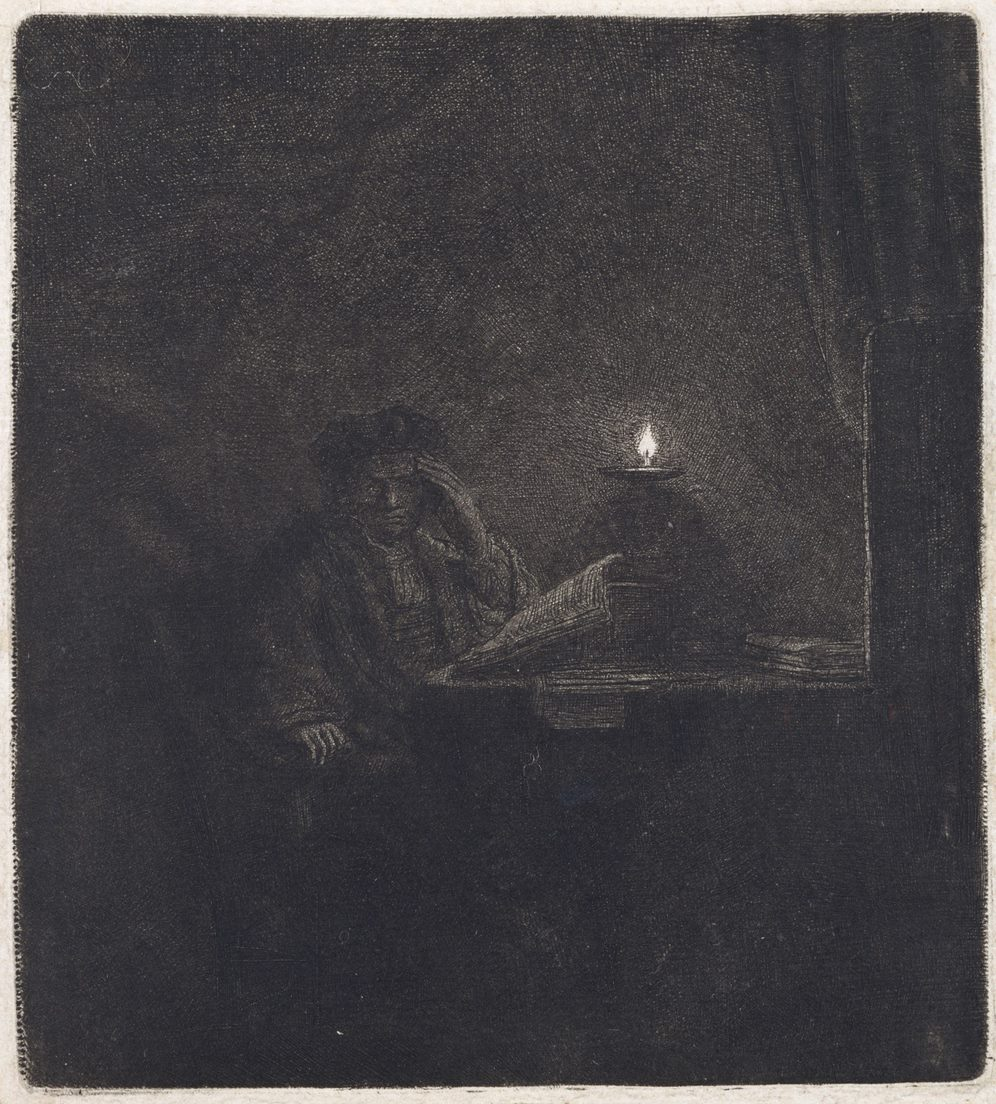
Rembrandt Harmensz. van Rijn
Student at a Table by Candlelight
ca. 1642 etching on paper
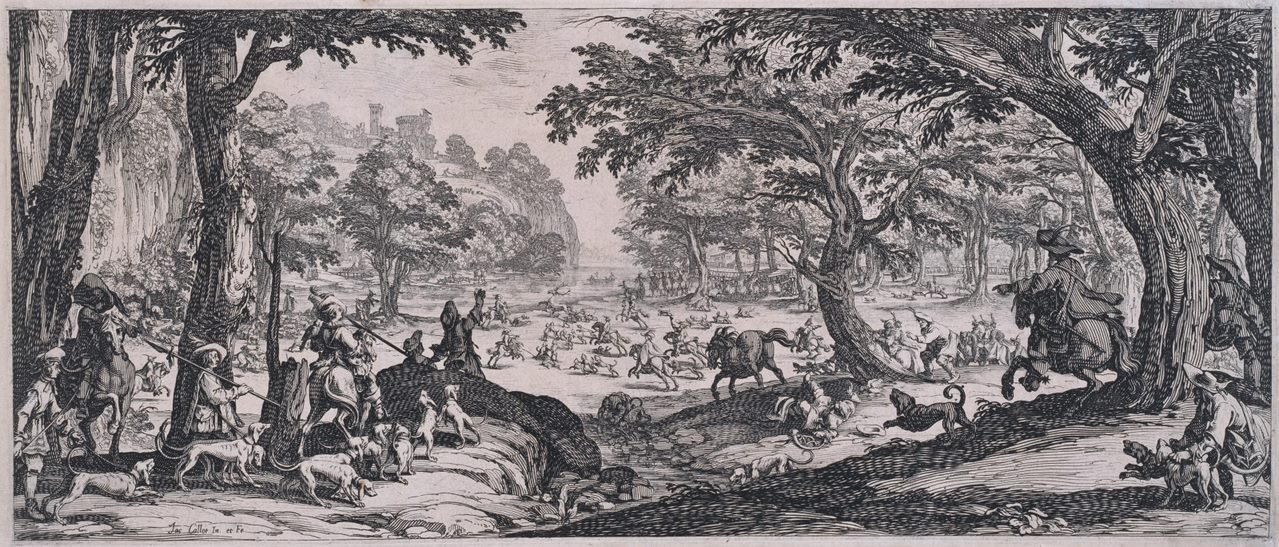
Jacques Callot
The Hunt
etching on paper
-
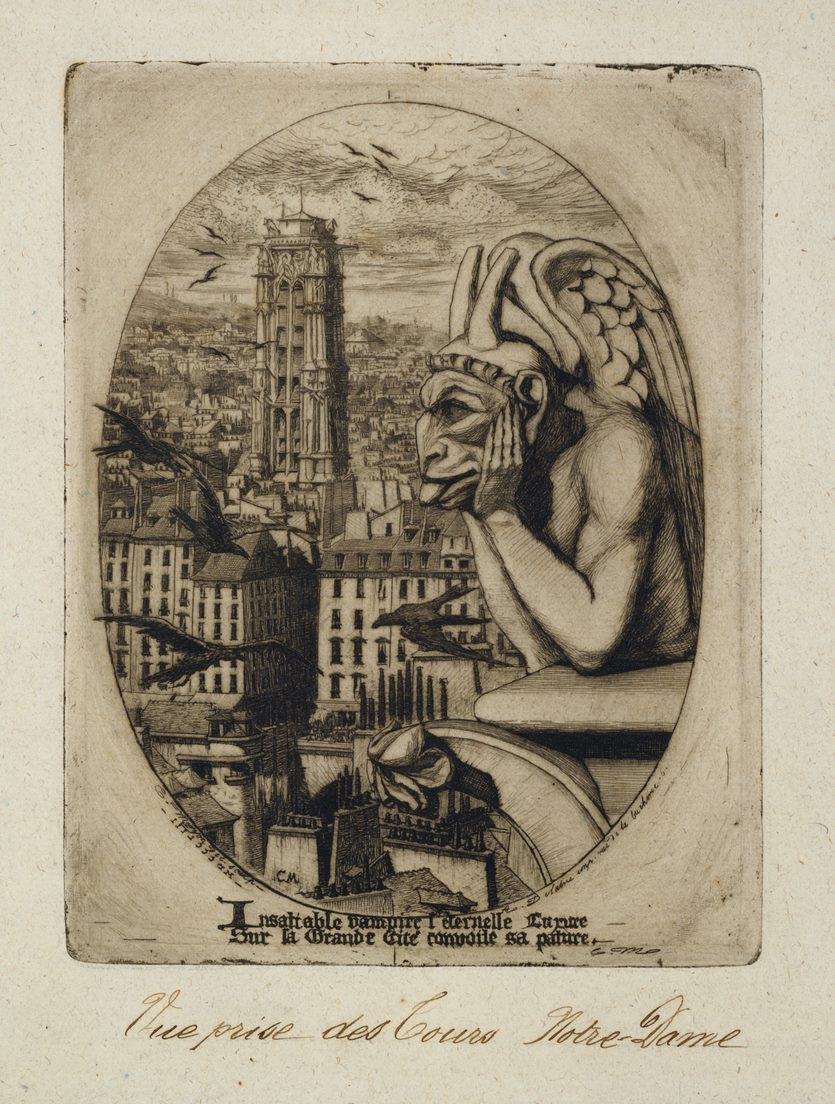
Charles Meryon
Le Stryge (The Vampire) from the series "Etchings of Paris"
1853 etching, drypoint and brown ink on greenish paper -
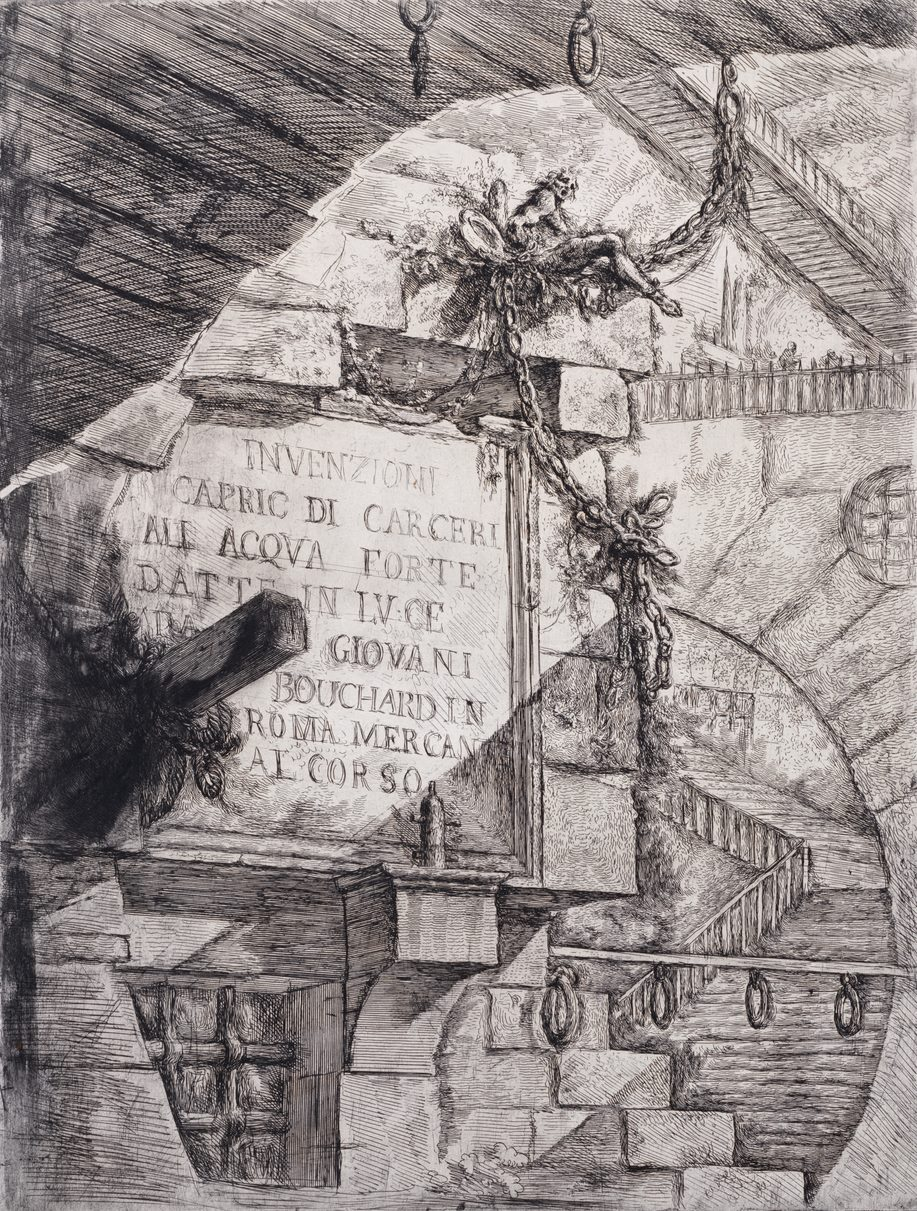
Giovanni Battista Piranesi
Title Plate from the series "The Prisons (Le Carceri) (First Edition)"
ca. 1758-1760; first published in ca. 1749-1750
etching, engraving, sulphur tint or open bite, ink dabbing on thick laid paper
All works are in the collection of the National Museum of Western Art
